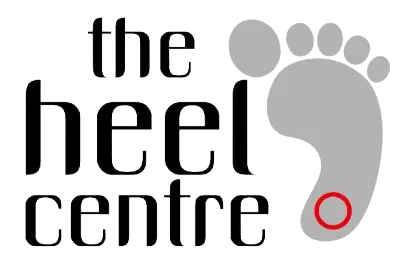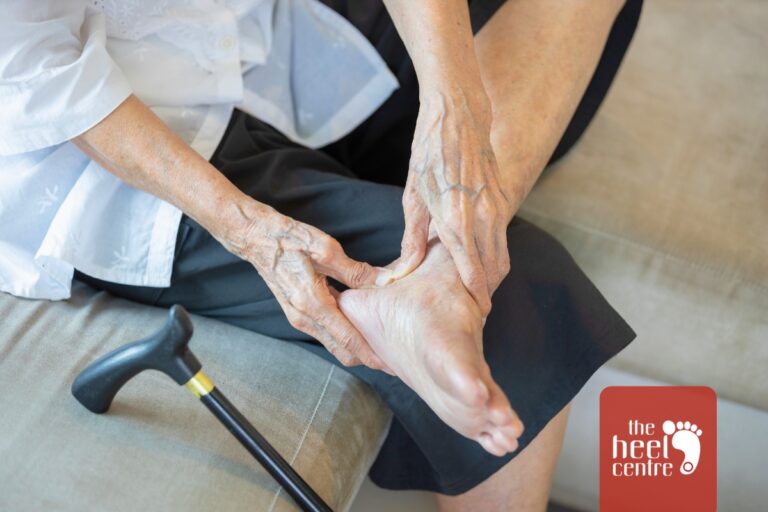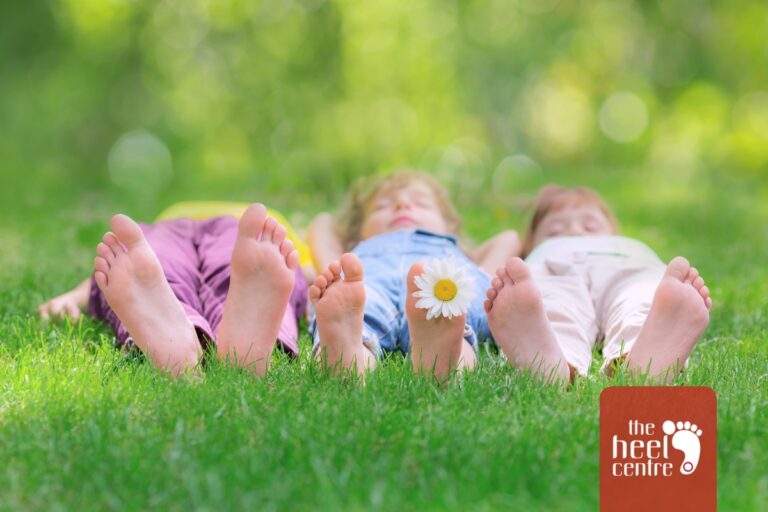Have you ever finished a long run only to be bothered by aching feet or pesky blisters? As a long-distance runner, does it sometimes seem impossible to keep your feet in top condition? You’re not alone—many runners face the same challenges.
Running, especially over long distances, is not just about stamina and speed; it’s a full-body experience, with your feet bearing the brunt of the effort. Every stride taken on miles of pavement or trails impacts your foot health. With the popularity of marathons and ultra-races soaring, more athletes are pushing their limits, yet foot care often remains an overlooked aspect of training.
Proper foot care is paramount for long-distance runners to prevent injury and ensure consistent performance. From choosing the right footwear to incorporating effective recovery techniques, taking care of your feet is essential for success and enjoyment in running.
Essential foot care tips for long-distance running
1. Choose the right pair of running shoes
- Proper fit: Ensure your running shoes fit well. There should be enough room in the toe box for your toes to move freely, but your heel should be snug to prevent slipping. Get your feet measured regularly, as they can change over time.
- Shoe type: Select shoes designed for your foot type (neutral, overpronation, or underpronation) and the type of running you do (road, trail).
- Break them in: Don’t wear new shoes for long runs immediately. Gradually break them in on shorter runs to prevent blisters.
- Replace regularly: Running shoes lose cushioning and support over time.
2. Select the right socks
- Moisture-wicking socks: Choose socks made from synthetic materials like polyester, nylon, or Merino wool. Avoid cotton, which retains moisture and can lead to blisters.
- Seamless design: Opt for seamless or low-seam socks to minimise friction points.
- Proper fit: Ensure your socks fit well without bunching up.
- Consider different types: Experiment with cushioned socks for longer distances or thinner socks for a closer feel. Some runners find that double-layer socks help reduce friction.
3. Keep your feet clean and dry
- Wash daily: Wash your feet daily with mild soap and water, paying attention to drying thoroughly between your toes to prevent fungal infections like athlete’s foot.
- Use foot powder: Apply foot powder or cornstarch to absorb moisture and reduce friction.
- Change socks: For long runs or in wet conditions, carry an extra pair of socks to change into.
- Let shoes dry: Allow your running shoes to dry completely between runs.
4. Prevent and manage blisters
- Address hot spots: If you feel a hot spot developing during a run, stop and apply lubricant or tape immediately.
- Lubricate: Use anti-chafing balms or petroleum jelly on areas prone to blisters, such as heels and toes.
- Consider taping: Applying athletic tape or moleskin to high-friction areas can help prevent blisters. Various taping techniques can be used.
- Treat blisters properly: If a blister forms, keep it clean. Small, unbroken blisters are best left alone. For large or painful blisters, you may carefully drain them, but keep the overlying skin intact to prevent infection. Cover with a sterile bandage or blister-specific dressing.
5. Toenail care
- Trim regularly: Trim your toenails straight across to prevent ingrown toenails. Avoid cutting them too short or rounding the edges. It’s best to trim them at least a week beffotoore a long race.
- Monitor for toenail issues: Watch for bruising, thickening, or loosening of the nails, which can occur from the repetitive trauma of running.
6. Strengthen and stretch your feet
- Foot strengthening exercises: Incorporate exercises like toe curls, heel raises, and marble pickups to strengthen foot muscles.
- Stretching: Regularly stretch your feet, ankles, and calves before and after runs to improve flexibility and reduce the risk of injury.
7. Moisturise your feet
- Prevent dryness: Moisturise your feet regularly, especially after showering, to keep the skin supple and prevent cracks, which can be painful and lead to infection. Avoid applying cream right before a run, as it can increase friction.
8. Listen to your body
- Don’t ignore pain: Pay attention to any persistent foot pain. It could be a sign of foot issues like plantar fasciitis or a stress fracture. Consult a podiatrist if pain doesn’t subside with rest. Consider orthotic therapy to alleviate pain in your feet, knees, hips, and lower back caused by your feet.
9. Post-run recovery
- Rest and elevate: After long runs or races, rest and elevate your feet to reduce swelling.
- Ice therapy: Apply ice packs to your feet for 15-20 minutes at a time to reduce inflammation. Consider an ice bath for your feet.
- Compression socks: Wearing compression socks after running can help improve circulation and reduce swelling.
- Gentle massage: Gently massage your feet to relieve muscle soreness and promote blood flow. You can use a foam roller or a golf ball to massage the soles of your feet.

Final thoughts
Proper foot health is just as crucial as any training regimen when it comes to conquering those long-distance runs.
The essential foot care tips we’ve shared not only ensure a smoother run and avoid painful foot conditions but also step up your whole running game.
Book an appointment with one of our podiatrists to get help and support for your heels, ankles and lower legs so you can feel and move better.
Author
-
 Founder, Lead Podiatrist
Founder, Lead PodiatristAdam Steinhardt is a leading podiatrist who is passionate about treating heel pain and foot and ankle injuries. With years of experience working with local sports teams, elite athletes, and the general public, Adam understands the demands that an active lifestyle can place on your feet.
View all posts





